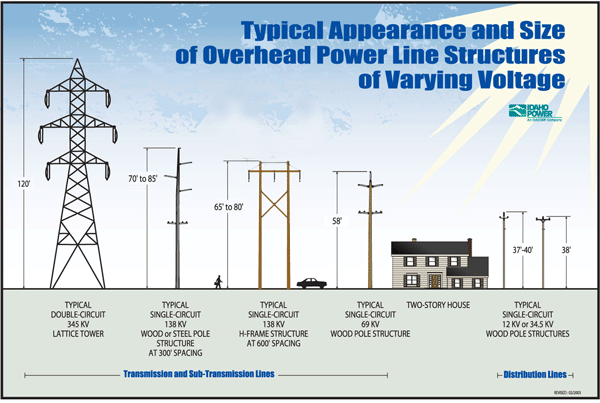|
DEALING WITH
ARCHITECTURE AND INTRUSIVE ELEMENTS
Standing architectural sites are dealt with a little
differently in the compliance process. Often the amount of historic
documentation is limited and sites are evaluated using National Register
Criterion C, focusing on the site’s "distinctive characteristics." Key to
this concept is the issue of integrity. This means that the property needs
to have retained, essentially intact, its physical identity from the
historic period.
 Particular attention is often given to the integrity of
design, workmanship, and materials. Design includes the organization of
space, proportion, scale, technology, ornamentation, and materials. As one
National Register bulletin observes, "Recognizability of a property, or the
ability of a property to convey its significance, depends largely upon the
degree to which the design of the property is intact." Workmanship is
evidence of the artisan’s labor and skill and can apply to either the entire
property or to specific features of the property. Finally, materials — the
physical items used on and in the property — are also very important.
Integrity here is reflected by maintenance of the original material and
avoidance of replacement materials. Particular attention is often given to the integrity of
design, workmanship, and materials. Design includes the organization of
space, proportion, scale, technology, ornamentation, and materials. As one
National Register bulletin observes, "Recognizability of a property, or the
ability of a property to convey its significance, depends largely upon the
degree to which the design of the property is intact." Workmanship is
evidence of the artisan’s labor and skill and can apply to either the entire
property or to specific features of the property. Finally, materials — the
physical items used on and in the property — are also very important.
Integrity here is reflected by maintenance of the original material and
avoidance of replacement materials.
Perhaps more complex than assessing the eligibility of the
architectural sites is evaluating the affect of the proposed undertaking.
The effect on archaeological resources is relatively clear since we have
traditionally focused on primary or direct effects — either the
archaeological site will be within the project area and will be damaged or
it isn’t. In the case of historic resources such as buildings and
cemeteries, often the more significant issue is whether there will be some
level of visual intrusion.
As one organization has noted, transmission towers may be
opposed because they loom over streets, homes, and landscapes. Other
projects may be opposed since they are thought to detract from the
experience of nearby historic sites or properties. As a result, for eligible
properties it is often necessary to determine if the viewshed will be
affected.
For example, using a transmission line corridor as an
example, its affect on National Register or register-eligible properties
is evaluated by conducting a careful assessment.
- What is the nature of the existing landscape?
- Does the area have a distinctive character (for
example, the classic tourist imagery of the low country with moss draped
live oaks)?
- Is there already a transitional landscape (for
example, a transition between an existing industrial area and a more
rural landscape)?
- What is the visibility of the project area and the
sensitivity to development?
- Is the project area not strongly visible or entirely
screened?
- Are the intrusive elements essentially invisible
(such as transmission wires or small towers)?
- Is there limited frontage?
- Will the project "box in" the historic property? If
so the impacts will be much stronger.
- What is the existing visual character of the property?
- Flat, rolling?
- What is the scale of the existing buildings?
- To some extent any change is unwelcome to some
residents and land owners; however, dramatic change is most likely to be
a problem.
- If already a transition area, are additional impacts
to be anticipated, regardless of the project being reviewed?
Clearly quantification of this visual intrusion,
regardless of the questions asked, is far from precise — what seems
"looming" to one person can be entirely undisturbing to another and vice
versa. Nevertheless, we believe that this begins to provide some
quantification to an otherwise difficult issue.
Mitigation measures are not quite as difficult to address
and there are a range to select from, depending on the nature of the project
and its potential impact to the landscape:
- Set the facility (plant site, for example) as far back
from the road (or historic properties) as possible -- this allows
immediate perspective diminution. It may also allow screening and
background scale to be provided by other nearby features.
- Set the tallest and most solid element back the
furthest.
- Provide for, or accentuate, other sightlines.
- Retain as many trees as possible.
- Where shielding is necessary, consider both vegetation
and earthen birms. Where vegetation is used, consider fast growing but
short-term species, to be replaced by longer-term species identified in
liaison with local residents.
- Consider plantings that are low maintenance. This, for
example, will help reduce the need to periodically bush hog power line
easements.
- Incorporate as much naturalistic screening as possible.
- Use muted colors on all structures, including fences.
The process for evaluating intrusive elements may not be
well established, but this brief overview should indicate that there are
techniques (many from landscape architecture) that allow a fairer and more
consistent appraisal. Contact Chicora Foundation for additional information
on how we can help your project.
|